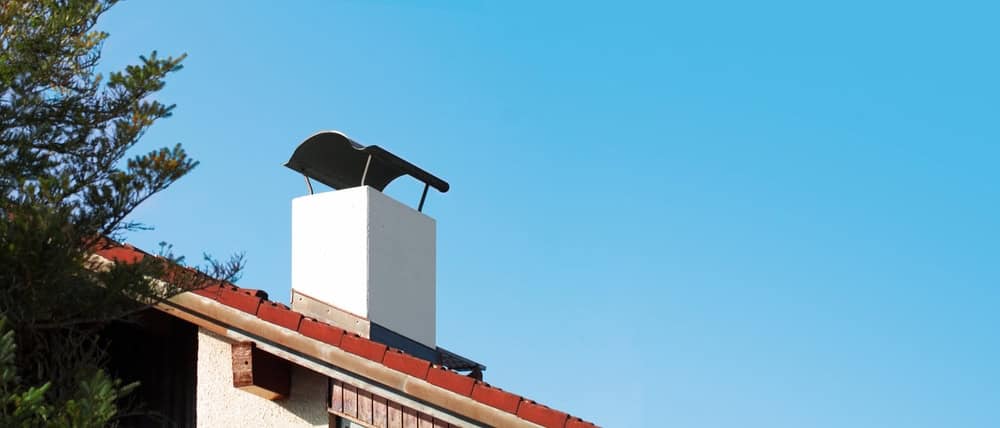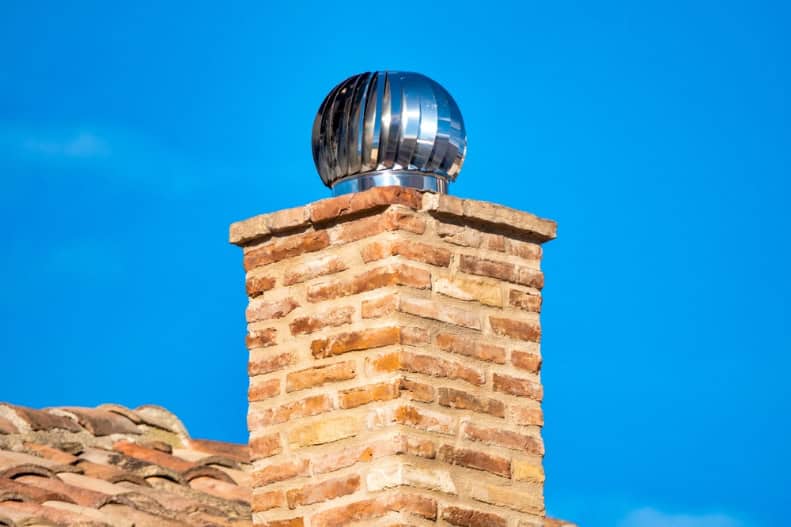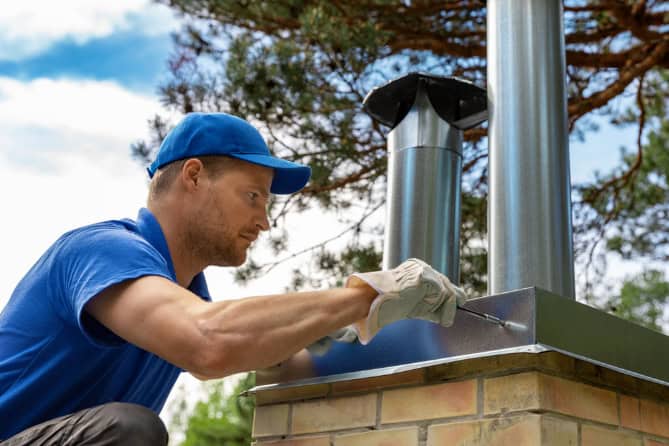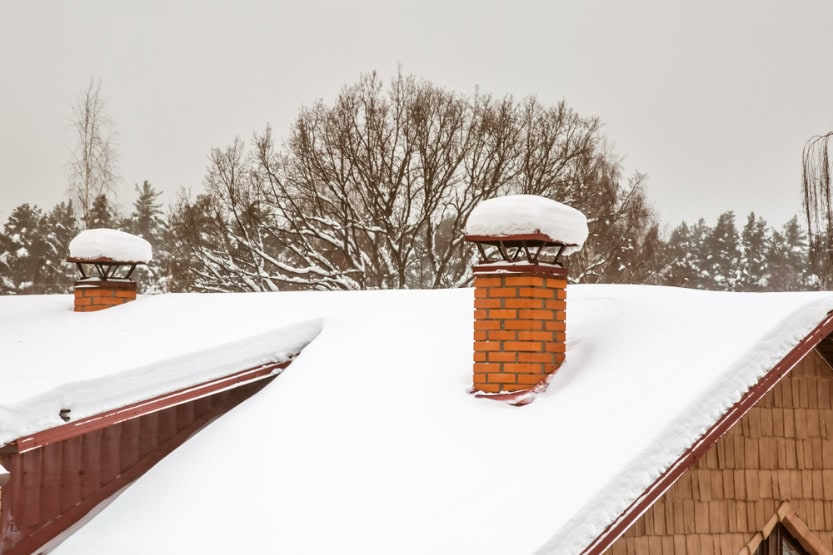Professional chimney cap installation that actually protects your home and saves you thousands in repairs.

Hear from Our Customers

Your chimney cap isn’t just a metal cover—it’s your first line of defense against Rhode Island’s brutal weather. When it’s working right, you never think about it. When it’s not, you’re dealing with water stains on your ceiling, animals in your walls, and repair bills that make your head spin.
A properly installed stainless steel chimney cap keeps rain out of your flue, stops animals from nesting in your system, and prevents downdrafts that push smoke back into your living room. It also protects your chimney crown from freeze-thaw damage that can crack masonry and create expensive structural problems.
The difference between a generic cap and a custom-fitted one is the difference between crossing your fingers and actually solving the problem. Custom caps seal properly, last longer, and handle Pawtucket’s coastal weather conditions without rusting out in three years.
Certified Chimney Inspections has been protecting Pawtucket homes since 2000. The same experienced team that started this work over twenty years ago is still here, still climbing roofs, and still making sure your chimney system works the way it should.
All our technicians are CSI certified through the Chimney Safety Institute of America. That means we understand how chimney systems actually work, not just how to slap a cap on top and hope for the best. When you’re dealing with something that protects your home from water damage, certification matters.
We formally established our company in 2016, but our experience goes back much further. We’ve seen every type of chimney problem Pawtucket’s older homes can throw at us, and we know which solutions actually work long-term.

First, we inspect your existing cap and chimney crown to understand what’s failing and why. Many caps fail because they weren’t sized correctly or because the chimney crown itself has problems that need addressing first.
Next, we measure your flue for a custom-fitted cap. Generic caps from the hardware store might be cheaper upfront, but they rarely seal properly and often cause more problems than they solve. Custom caps cost a bit more but actually do the job they’re supposed to do.
Installation involves removing the old cap, cleaning the chimney crown, and securing the new stainless steel cap with proper fasteners that won’t rust or work loose over time. We test the fit and make sure the spark arrestor mesh is properly positioned to keep animals out while allowing proper ventilation.
You get a free estimate upfront, so you know exactly what the work will cost before anyone climbs on your roof. No surprises, no upselling once we’re up there.

Ready to get started?
Every chimney cap installation includes custom measurement and fitting for your specific flue size. Stainless steel construction resists rust and corrosion from Rhode Island’s salt air, unlike cheaper materials that deteriorate quickly near the coast.
The caps include spark arrestor mesh that keeps animals out while meeting fire safety requirements. Proper damper-style tops improve draft when you’re using your fireplace and seal tight when you’re not, preventing downdrafts and heat loss.
Installation comes with proper fastening using stainless steel hardware that won’t rust or work loose. Many cap failures happen because someone used regular screws that corrode and let the cap blow off in the first big storm. Quality hardware costs more but keeps your cap where it belongs.
Pawtucket’s older homes often have unique chimney configurations that require custom solutions. Standard caps don’t fit properly on many pre-1950 chimneys, which is why custom fitting makes the difference between a repair that lasts and one that fails again in a few years.
